CarEdge saved me over 4,500 dollars on a brand new Honda Pilot. I can't say thank you enough.
Price intelligence
Find a wide range of vehicle listings with market insights on new and used listings near you.


Help us personalize your CarEdge experience — it only takes a second.
Your answers help us personalize your CarEdge journey — we’ll follow up with tips and next steps that match your buying timeline.

If you’re looking to negotiate up to 25% off on a brand-new car, now is the time to focus on remaining 2023 inventory. These cars are just months away from becoming two years old, and dealers are motivated to move them fast. Below are the car brands with the most remaining 2023 models available in late 2024. Make no mistake – these are the most negotiable cars on sale today.

It’s no surprise that Dodge tops the list. Both the Charger and Challenger are now out of production, but thousands of these muscle cars remain on sale, making them prime candidates for huge discounts. Meanwhile, 4.6% of new Dodge Durango inventory are 2023 model years. Even for the Durango, that would be a sky-high figure for any OEM besides Stellantis.

Luxury brand Maserati has struggled with declining sales, and it shows with 19% of their new cars still being 2023 models as of October 2024. Of particular note, 25% of all Maserati Ghiblis on sale are from last year. With more than 400 leftover vehicles across the U.S., Maserati buyers should negotiate steep discounts on these high-end cars.

Like other Stellantis brands, Chrysler is also dealing with leftover stock. The Pacifica, a favorite among families, has over 2,000 2023 models still on dealer lots. Most of these remaining models are Pacifica Hybrids. While the Pacifica is a practical choice, it’s not flying off the shelves, making it a prime candidate for negotiation.

Nearly 7,000 new 2023 Jeeps remain on the market, including a substantial number of Grand Wagoneers—22% of its current inventory. The Grand Wagoneer is by far Jeep’s most expensive model ever. The average selling price for a Grand Wagoneer in 2024 is $102,429. The Jeep Gladiator also has a noticeable portion of its 2023 stock still available.
Here are the other Jeep models with significant 2023 inventory remaining:
| Model | New 2023s (10/2024) | Percent of New Inventory |
|---|---|---|
| Jeep Grand Cherokee | 1,167 | 2.62% |
| Jeep Gladiator | 1,120 | 6.85% |
| Jeep Wrangler | 372 | 1.20% |
| Jeep Compass | 756 | 2.47% |
| Jeep Wagoneer | 274 | 3.88% |
| Jeep Grand Wagoneer | 583 | 22.25% |
Every Jeep model has some 2023 units left, offering a solid opportunity for bargain hunters who are willing to put negotiation know-how to work.

Even in fall 2024, Ford still has nearly 17,000 new 2023 models for sale. Today’s remaining 2023s include popular vehicles like the F-150, F-250 Super Duty, and Mustang Mach-E. With a broad selection of leftover 2023 inventory, Ford dealerships are likely ready to make deals to clear these out before these cars reach their second birthday in 2025.

Mercedes-Benz stands out as a luxury brand with a lingering stock of 2023s, accounting for 2.6% of its U.S. inventory. Higher interest rates have slowed sales, making models across the lineup available for steep discounts. See all remaining 2023 Mercedes-Benz models here.
Here’s a look at how much 2023 inventory the 15 best-selling car brands in America have as of October 2024. We’d wager that Tesla has some remaining 2023 builds awaiting owners, but that data isn’t publicly available. Clearly, Stellantis brands have the most unsold 2023 inventory today.
| Make | New 2023s (10/2024) | Percent of New Inventory |
|---|---|---|
| Jeep | 6,979 | 3.73% |
| Ram | 4,994 | 3.51% |
| Ford | 16,923 | 3.13% |
| Mercedes-Benz | 2,562 | 2.64% |
| BMW | 1,296 | 1.88% |
| Chevrolet | 6,835 | 1.80% |
| GMC | 2,218 | 1.45% |
| Volkswagen | 1,239 | 1.37% |
| Hyundai | 2,762 | 1.32% |
| Nissan | 2,077 | 1.05% |
| Kia | 1,190 | 0.73% |
| Toyota | 1,233 | 0.50% |
| Honda | 877 | 0.43% |
| Mazda | 271 | 0.25% |
| Subaru | 212 | 0.17% |
With 70,000 new 2023 cars still on the market, it’s prime time to negotiate major discounts on last year’s inventory. With these cars becoming nearly two years old, dealers are motivated to clear the lot before 2025 arrives. These remaining 2023 models are the most negotiable cars on sale today. A 25% discount off MSRP is realistic for those looking to buy now.
Ready to master the art of car price negotiation? Start your Deal School online course today. It’s self-guided and 100% free. We’re simply here to help!
![Every Honda Recall So Far In 2024 [U.S. Market]](https://caredge.com/wp-content/uploads/2024/09/Honda-CR-V.optimized-1080x675.webp)
Honda has issued several significant recalls over the course of 2024, involving components ranging from software to power steering. The most recent recall involves 1.7 million Honda and Acura models, the largest by far this year. To ensure that Honda and Acura drivers are staying safe, we’re providing this brief overview of every Honda recall so far in 2024. Click on the links for more information on specific Honda recalls.
October 9 Recall: 9 2022-2025 Honda models + Acura Integra
August 16 Recall: 2024 Acura ZDX
July 23 Recall: 2024 Honda Prologue
July 9 Recall: 2024 Honda CR-V
June 5 Recall: Honda Fit and HR-V
May 14 Recall: 2020-2024 Honda Ridgeline
March 14 Recall: 2023 Honda Passport and Ridgeline
February 23 Recall: Honda Odyssey and Acura RDX
February 6 Recall: 2020-2022 Honda and Acura Models

To see if your car is affected by any outstanding Honda recalls, check your VIN for potential recalls using Honda’s free recall checker tool. If an issue is flagged, be sure to schedule an appointment with a Honda service center as soon as possible. Remember, you don’t have to pay for recall fixes!

Looking to get into a new vehicle for the least amount of money possible? You’re in luck! We’re here to help you sort through hundreds of offers to find the best lease specials in December 2025. There are several new car leases under $200/month this month. Bump your budget up to $300/month, and you have plenty to choose from. From Toyota to Chevy and every brand in between, these are the best lease deals right now.
It’s December, and that means we’re now in the heart of year-end sale season. Most of December’s new car incentives will arrive on the second or third day of the month, so check back for updates. We’ll see more offers roll in later this month.
Important note: The following advertised manufacturer offers exclude taxes, title, and fees. The dealer sets the final price. Automakers announce new monthly sales between the second and fifth of each month.

Buick Envista Lease Deal: $179 per month for 24 months with $4,579 due at signing
Buick Encore GX Lease Deal: $269/month for 24 months with $2,449 due at signing
See offer details at Buick.com

Chevrolet Trailblazer Lease Deal: $289/month for 36 months with $499 due.
Chevrolet Trax Lease Deal: $299/month for 24 months with $1,879 due.
See offer details at Chevrolet.com
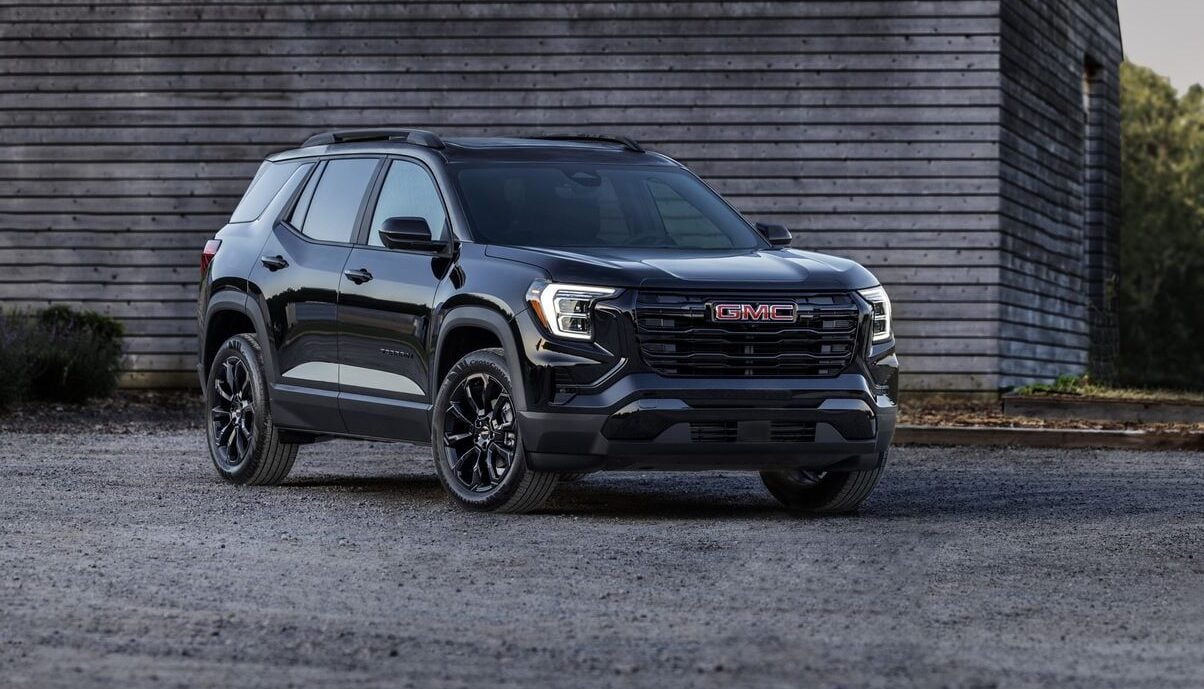
Here is the best GMC SUV lease deal in December 2025:
2025 GMC Terrain: Lease from $279/month for 36 months with $3,989 due at signing
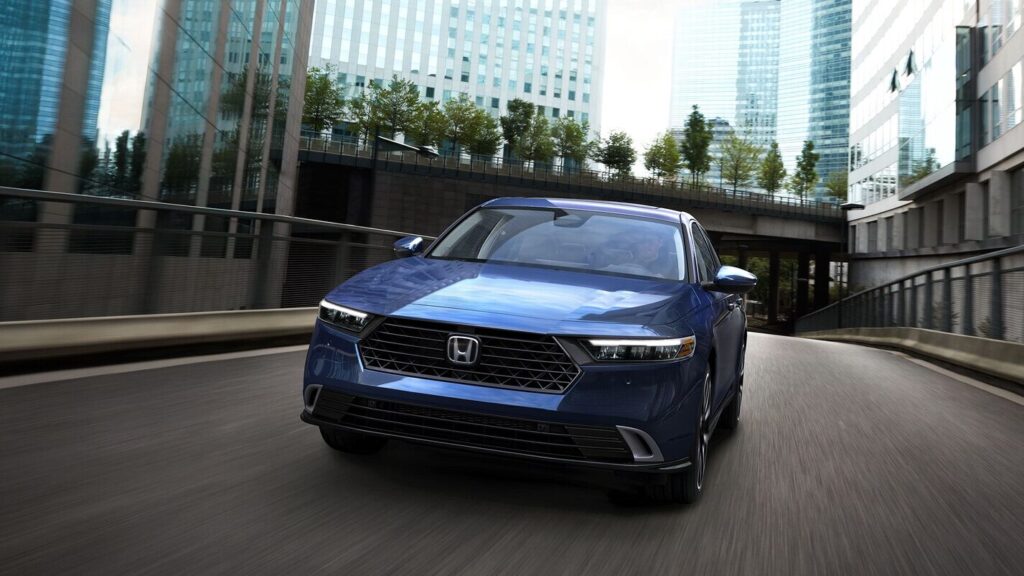
Honda has fewer cheap lease deals in December, with the popular CR-V available from $319/month. Honda’s year-end sales bring better lease offers for those with patience and flexibility.
Honda CR-V Lease Deal: $319/month for 39 months with $4,199 due
Honda Accord Lease Deal: $299 per month for 36 months with $3,699 due
Honda Civic Lease Deal: $259 per month for 36 months with $3,599 due
See offer details at Honda.com

Among all car brands, Hyundai has the most lease specials under $250/month in December 2025.
Hyundai Elantra Lease Deal: $229/month for 36 months with $3,499 due
Hyundai Venue Lease Deal: $239/month for 36 months with $3,499 due
Hyundai IONIQ 5 Lease Deal: $259/month for 24 months with $3,999 due
Hyundai Kona Lease Deal: $229 per month for 36 months with $3,999 due
Hyundai Sonata Lease Deal: $259/month for 36 months with $3,499 due
Skip the dealership and buy or lease your next Hyundai with CarEdge. Learn how it works.

Kia’s Niro EV lease deal is the cheapest lease this month, with offers starting at just $119/month.
Kia Niro EV Lease Deal: $169/month for 24 months with $3,999 due
Kia K4 Lease Deal: $229/month for 24 months with $3,499 due
Kia Soul Lease Deal: $259/month for 36 months with $3,499 due
Kia Sportage Lease Deal: $249/month for 24 months with $3,999 due
See offer details at Kia.com

Lease the 2025 Mazda CX-30 from $169/month for 36 months with $5,699 due at signing.
See offer details at MazdaUSA.com

Nissan Sentra: $229/month for 36 months with $3,329 due
Nissan Kicks: $239/month for 36 months with $3,799 due
Nissan Rogue: $299/month for 36 months with $4,469 due
See offer details at NissanUSA.com
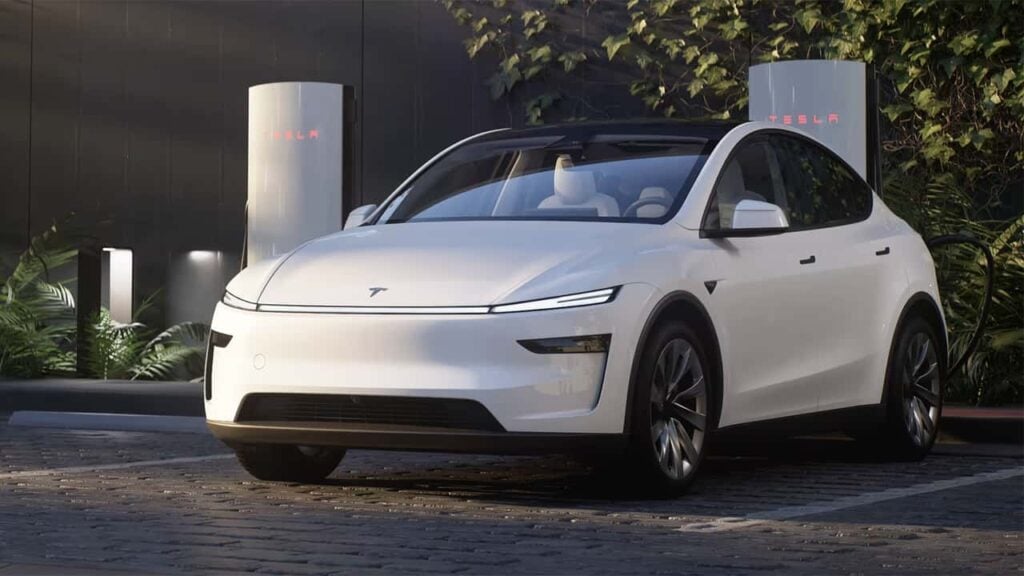
Tesla Model 3: $429/month for 36 months with $4,224 due
Tesla Model Y: $529/month for 36 months with $4,224 due
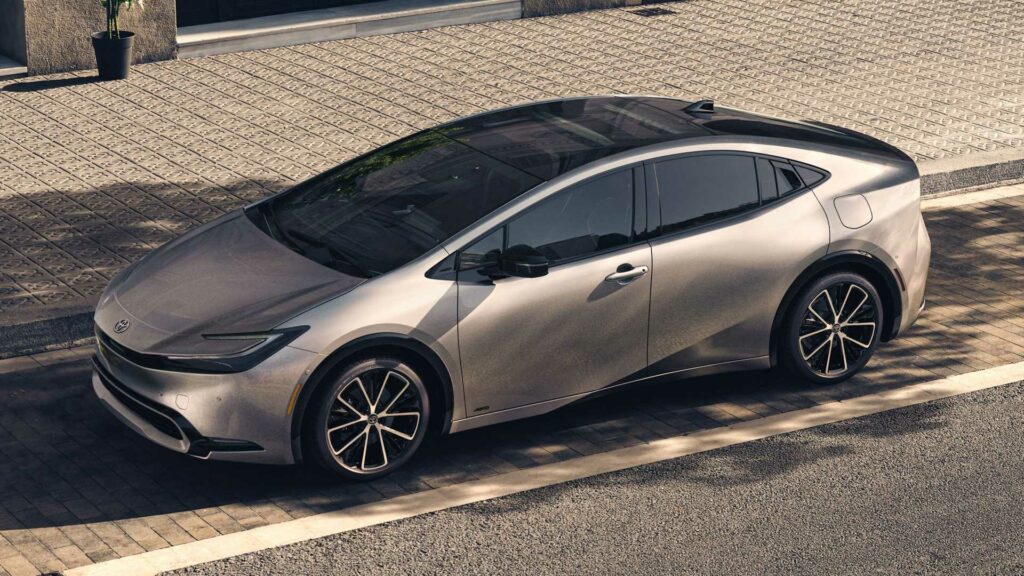
Toyota has some great cheap lease deals for December. However, it’s important to note that Toyota’s offers are always regional in nature. It’s best to check local availability for each incentive at Toyota.com.
Toyota Corolla Lease Deal: $209/month for 36 months with $3,999 due (select markets)
Toyota Tacoma Lease Deal: $249/month for 36 months with $3,999 due (select markets)
Toyota Camry Lease Deal: $249/month for 36 months with $3,999 due (select markets)
2025 Toyota RAV4: $299/month for 36 months with $3,999 due (select markets)

In December 2025, Volkswagen has the best least deals of the month. As year-end sales arrive, VW has announced several zero-down lease offers.
Volkswagen Taos: $379 for 36 months with $0 due at signing
Volkswagen Tiguan: $399 for 36 months with $0 due at signing
Volkswagen Atlas: $599/month for 36 months with $0 due at signing
Whether you prioritize fuel efficiency, space, or the latest technology, the cheapest lease deals prove that you can have it all. Remember to act quickly, as these deals expire at the end of the month.
Ready to skip the BS and lease the easy way? Do it all from the comfort of home with CarEdge. With home delivery available (free in select areas) and our famous pre-negotiated pricing, we’ll simply deliver the car you want to your door.

Wondering which cars are driving off into the sunset? These are all the models that won’t be making it to next year. As automakers look to revamp their lineups and reshape their brand image, 18 car models have been announced for cancellation in 2025. Sadly, the most affordable new car in America is on the list. Whether it’s forever or merely an extended pause, here’s your complete list of discontinued cars for the 2025 model year.

Alfa Romeo inventory is the highest in the U.S. auto market as sales slow to a crawl. With the drop in demand, parent company Stellantis decided to axe the Quadrifoglio performance variants for both the Giulia sedan and Stelvio crossover.

Audi is canceling the A4 sedan after the 2025 model year. But there’s a catch: Audi is renaming it the A5, and making big changes to the sedan. We expect the last true A4s to arrive on dealer lots in mid-2025.

In November 2024, General Motors announced that production of the XT4 crossover will end in January 2025. The Kansas plant where the XT4 has been made will be retooled for production of the new and greatly improved Chevrolet Bolt EV.

We suspect that the Camaro will be back, but it’s gone for now. The last Camaros can still be found on dealer lots. Will the Camaro come back as an EV? It’s possible, but not confirmed.

The last Chevrolet sedan will roll off the final assembly line in November of 2024. Once a top-seller for Chevy, sedans are falling out of favor, taking this legend to the grave.
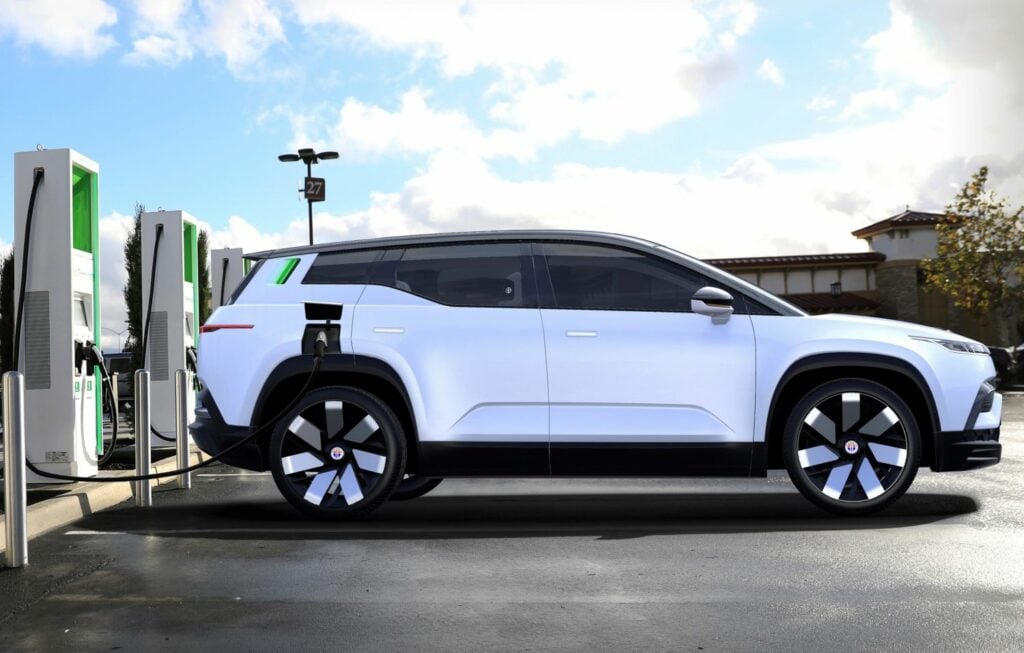
Following a downfall that culminated in a bankruptcy filing, Fisker is on track to cease operations. It’s a shame since the Ocean is a remarkable vehicle, at least until you turn it on and face a hectic suite of software issues.

As Ford makes way for EVs at the Oakville Assembly Plant in Ontario, the Edge has become a casualty. It’s possible that the Edge could return, but it will be absent in 2025. The ‘new’ Ford Edge is only sold in China for now.

The Escape has been a popular compact SUV since 2000, but it’s leaving the lineup in 2025.

Nearly a decade after it arrived, the Q50 is meeting the fate of many sedans these days: cancellation.

Jaguar is saying goodbye to its iconic sports car, the F-Type. The F-Type has been a staple of Jaguar’s lineup for over a decade, but 2025 marks the end of its production.

The Maserati Ghibli, a mid-size luxury sedan known for its Italian styling and sporty performance, will be discontinued in 2025. Maserati is streamlining its lineup as it pivots toward electrification and focuses on newer models like the Grecale and the upcoming electric GranTurismo.

The average price paid for a new car in 2024 is $48,401. Crazy, right? That’s why we’re mourning the discontinuation of one the cheapest new cars in America, the Mitsubishi Mirage. Retailing from $18,015, the compact Mirage was a bare-bones budget option.

Mini is upsizing its lineup. With the arrival of the largest Mini ever, the Countryman, comes the exit of the petite Clubman.

Long a classic in the car scene, the GT-R is on its way out. One can’t help but wonder if 2024 GT-Rs will be worth a fortune a few decades from now, similar to the high prices paid for older R34 Skyline models.

The Nissan Titan is one of the few models that seems to constantly have a 0% APR deal. You know what that means? It’s not selling. Nissan sold fewer than 20,000 Titans in 2023.

With the death of the Nissan Versa, the last new car under $20,000 is headed for the graveyard. This is a major hit for fans of ultra-budget vehicles around this very affordable price point. Following the 2025 model year, Nissan is discontinuing the Versa. The Sentra will stick around for now, and now holds the title of the most affordable new car in the United States.
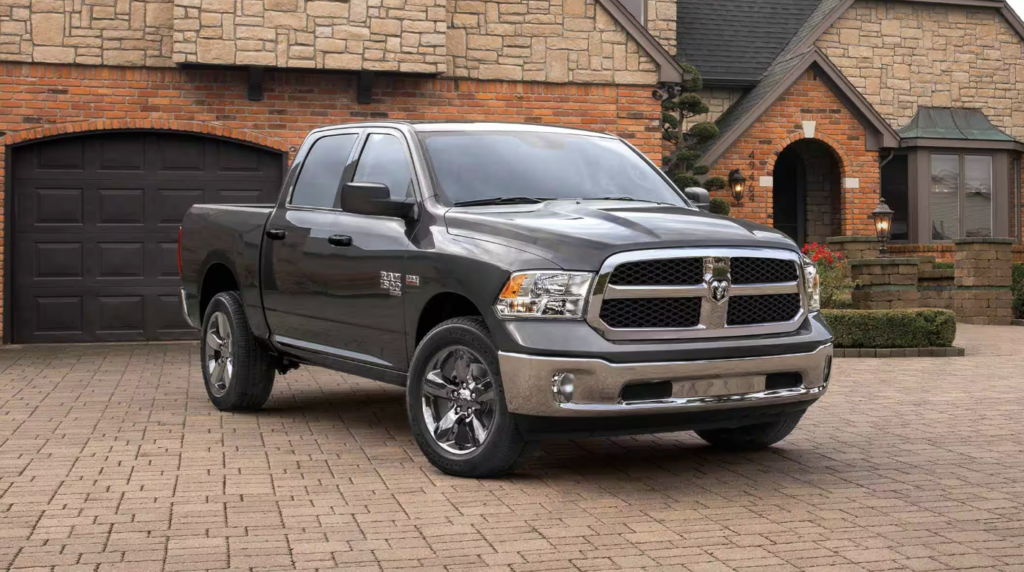
Ram parent company Stellantis is in trouble with falling sales, below-average reliability, and underwhelming new models. As the multinational behemoth searches for solutions, one surprising move was the recent cancellation of the Ram 1500 Classic, which has been built in Michigan. A Ram representative told The Drive that dealer lots will likely be stocked with the last of the Ram 1500 Classics through much of 2025.

What was once America’s favorite all-wheel drive sedan will end its run in 2025. Subaru Legacy sales have been slipping for years as crossovers like the Crosstrek dominate. With the Legacy’s departure, Subaru’s average selling prices will climb quite a bit, too.

The S60 debuted in the US in 2000, but it’s at the end of the road in 2025. Volvo says it’s focusing on electrification, and is shifting focus to electric SUVs.

When buying an SUV, one thing you’ll want to keep in mind is depreciation. Some SUVs lose value faster than others, which can lead to a lower resale value when you’re ready to trade in or sell. With the consumer in mind, we’re highlighting five family-sized SUVs with the worst depreciation. Although depreciation may not be a dealbreaker, knowing what to expect before making your purchase is always smart. All data is based on the latest 2024 depreciation calculations from CarEdge. Not seeing the model your interest in? See all of our SUV depreciation data here.

5-Year Residual Value: 48%
The Nissan Armada is a full-size SUV with plenty of space and power, but its value drops significantly after just five years. With a 52% depreciation rate, the Armada will have a resale value of around $32,604 after half a decade. For buyers, this could be something to consider, especially if you plan to resell or trade-in the vehicle later.

These depreciation numbers assume the vehicle is in good condition and has been driven an average of 12,000 miles per year. The average selling price for a new Armada is around $68,438.
See our full depreciation analysis for the Nissan Armada and other models.

5-Year Residual Value: 48%
The GMC Yukon XL is known for its room for the family, but it also has one of the highest SUV depreciation rates. After five years, the Yukon XL will lose around 52% of its value, with a resale price of approximately $42,083. This assumes the average selling price of $87,399, so the depreciation adds up to tens of thousands of dollars rather quickly.

See our full depreciation analysis for the GMC Yukon and other models.

5-Year Residual Value: 49%
The Buick Enclave combines comfort and attainable luxury in a mid-size SUV package, but it comes with a significant depreciation cost. Today, the average selling price of a new Buick Enclave is $54,186. After five years, the Enclave will depreciate by about 51%, leaving it with a resale value of just $26,416. This might make you think twice, especially if selling your Enclave is a possibility in the next five years.

See our full depreciation analysis for the Buick Enclave and other models.

5-Year Residual Value: 51%
The Nissan Pathfinder is a legendary mid-size SUV, but it too suffers from a significant depreciation rate. After five years, expect a 49% loss in value, leaving you with a resale price of $23,921. The Pathfinder’s strengths remain, but the depreciation hit is worth keeping in mind.

See our full depreciation analysis for the Nissan Pathfinder and other models.

5-Year Residual Value: 51%
The Ford Expedition is one of the top three-row SUVs on sale, but it doesn’t hold onto its value as well as some might hope. After five years, the Expedition loses around 49% of its original value. While it’s packed with features, room for eight, and carries a solid reputation, the depreciation hit will cost buyers over $30,000 in resale value after just five years.

See our full depreciation analysis for the Ford Expedition and other models.
When shopping for an SUV, depreciation is a key factor that can greatly affect your long-term cost of ownership. The SUVs listed above have some of the worst depreciation rates in the market, meaning they lose significant value over time. If there’s even a small possibility that you could be selling in the next five years, depreciation should be a top factor in your decision making.
Want expert help to navigate your next SUV purchase? Let CarEdge Concierge do it for you. Whether you’re buying new or used, our team will negotiate the best deal for you and ensure you’re getting the most value for your money. Learn more about CarEdge’s car buying service.